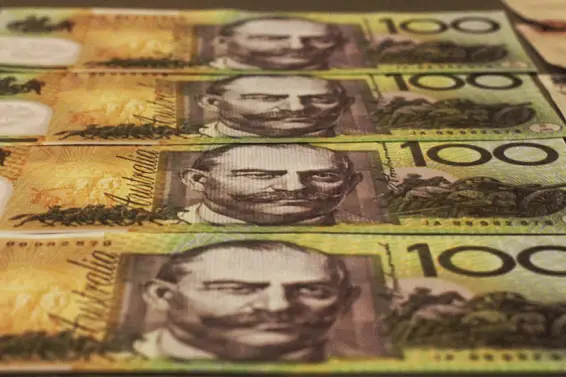On Wednesday, the Australian Bureau of Statistics (ABS) released data showing that Australian inflation came in at the highest rate since 1990, as prices jumped 7.3% year over year. That was nearly three times the rate at which wages grew during that period.
Quarterly price growth, driven by soaring food and energy prices, came in at 1.8%, beating market estimates of 1.6%.
Gas and other fuel costs skyrocketed almost 11% over the quarter. Food prices climbed 9.0% yearly, as the third quarter figure surged 3.2%, and essential goods and services were up 8.4% year over year for the quarter.
Jim Chalmers, the Treasurer of Australia, said, “Whether it’s food, whether it’s electricity, whether it’s rent, inflation is public enemy number one. Inflation is the dragon we need to slay.”
Economists fear that the flooding which has swept across eastern Australia is set to drive prices even higher, as supermarkets like Coles are already warning they are expecting to see a fall in the availability of fresh produce and meat.
Experts predict this may be just the beginning of the price spikes. Marcel Thieliant, senior economist at Capital Economics, said, “The upshot is that CPI [consumer price index] inflation will approach 8% in Q4. The stronger-than-expected rise in consumer prices is consistent with our forecast that the RBA [Reserve Bank of Australia] will hike rates more aggressively than most anticipate.”
In an effort to bring inflation under control, the Reserve Bank of Australia has been raising interest rates for six months in a row. Driven by higher energy costs, however, inflation has proven difficult to tame. The central bank has said its expectation is for inflation to hit 7.75% this year, before it drops to just above 4% in 2023, and back to 3% in 2024.

